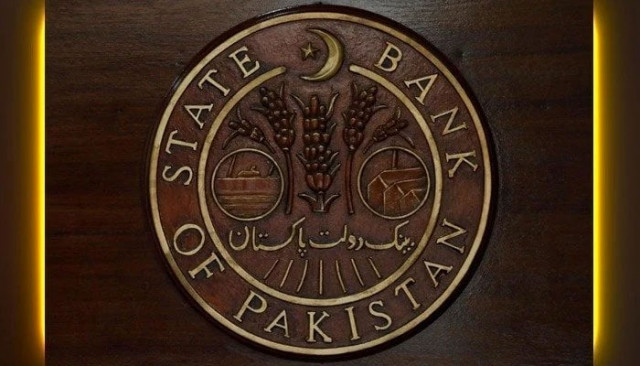SBP expands scope of Export Finance Scheme
Move aimed at improving exports, foreign exchange inflows

The State Bank of Pakistan (SBP) has enhanced the scope of Export Finance Scheme (EFS) – both conventional as well as Shariah based, allowing exporters to obtain financing against their export proceeds through the discounting of export bills and receivables.
According to a statement issued on Wednesday, the move is aimed at further facilitating the exporters and encouraging timely inflow of export proceeds. “Discounting of bills and receivables is essentially a financial transaction where an exporter surrenders future export proceeds and obtains financing in rupee for the remainder of the time period of export proceeds’ realisation,” it said.
The initiative will help exporters meet their working capital needs and also incentivise them to bring in their export proceeds in a timely manner that will help to improve foreign exchange inflows in the inter-bank market. Exporters can obtain financing from banks by discounting their export bills and receivables (both post-shipment and pre-shipment) under this scheme, at rates ranging from 2-3% depending on the period of discounting.
In the first three months, this facility will be available at the introductory lower rates of 1% and 2%. Banks will obtain refinance equal to the discounted amount for the tenor of the discount at tier-based rates ranging from 1-2%.
In addition to the supportive rates for the working capital needs of exporters, the SBP has also provided a special relaxation under this facility by increasing the export proceeds realisation period up to 180 days if the exporter avails the discounting facility.
Farm credit
The State Bank has also enhanced the indicative credit limits for agricultural financing by banks to farmers to align the amount of financing with the agricultural input requirements.
“The enhanced indicative credit limits for production and development loans of farm and non-farm sector will directly benefit agricultural borrowers, who will now be able to obtain more credit from banks and in turn enhance agricultural productivity through the adequate use of inputs,” it said.
“This will also enable banks to align the loan amounts with the actual requirements of farmers and resultantly enhance the flow of agricultural credit.”
It is important to note that the indicative credit limits serve as a guideline for banks to assess the credit requirements of agricultural borrowers while sanctioning the credit limits.
Banks may, however, make adjustments on the basis of prevailing market conditions, local prices of inputs, and repayment capacity of borrowers, the central bank said.
Published in The Express Tribune, February 17th, 2022.
Like Business on Facebook, follow @TribuneBiz on Twitter to stay informed and join in the conversation.


















COMMENTS
Comments are moderated and generally will be posted if they are on-topic and not abusive.
For more information, please see our Comments FAQ